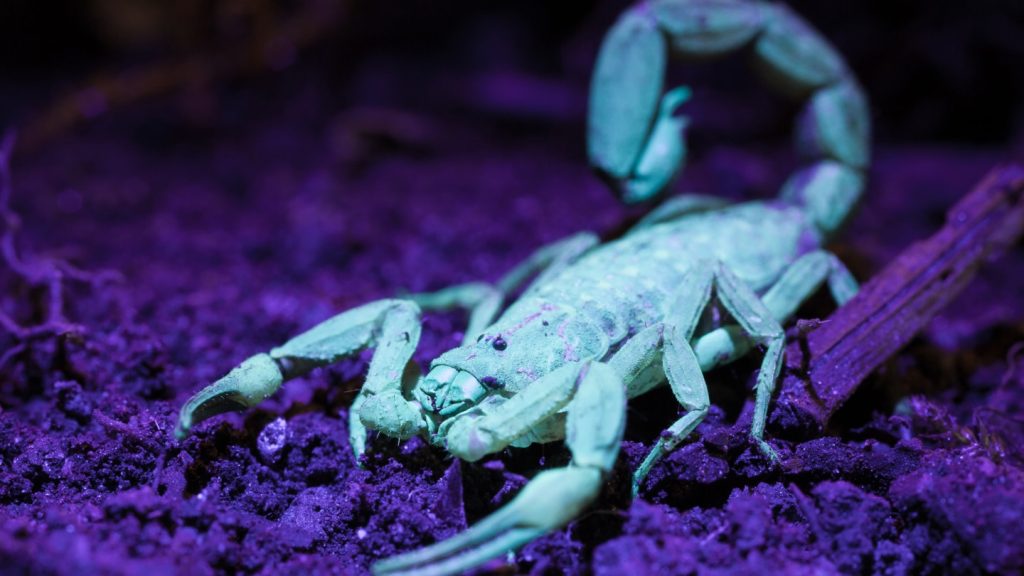The Finding Fluorescence site has recently discovered some fascinating new specimens, including a Japanese beetle with a glowing blue mouth and a mushroom that shines bright red under its cap. These discoveries have added to the growing body of knowledge about fluorescence in nature and have sparked further interest in this unique and beautiful phenomenon. The glowing blue mouth of the Japanese beetle is particularly striking, as it is not a common trait among beetles. The red-shining mushroom, on the other hand, adds to the diversity of fluorescent mushrooms that have been observed in the wild.
Fluorescence in nature is a phenomenon where an organism emits light after being exposed to certain wavelengths of light. It is a relatively rare trait in animals and plants, but it can be found in a variety of species across different taxonomic groups. The recent discoveries at the Finding Fluorescence site have shed light on the diversity of fluorescent organisms and have provided researchers with valuable insights into the mechanisms behind this phenomenon. By studying these unique specimens, scientists hope to uncover the secrets of fluorescence and its potential ecological significance.
The Japanese beetle with the glowing blue mouth is a particularly intriguing find, as it adds a new dimension to our understanding of fluorescence in beetles. While some beetles are known to fluoresce under ultraviolet light, the blue glow of this beetle’s mouth is a novel discovery. This striking feature may play a role in communication, camouflage, or other ecological functions. Further research is needed to determine the exact purpose of this fluorescent trait and its significance in the beetle’s life cycle.
The red-shining mushroom found at the Finding Fluorescence site is another remarkable discovery that adds to the growing list of fluorescent mushrooms in nature. These mushrooms emit a bright red glow under their caps, which is likely to be a result of chemicals or pigments within their tissues. The exact mechanism behind this fluorescence is still unknown, but it is believed to be a form of chemical defense, communication, or attraction. Studying these fluorescent mushrooms can provide valuable insights into their biology and ecology, as well as their potential uses in medicine or biotechnology.
The recent finds at the Finding Fluorescence site underscore the vast diversity of fluorescent organisms in nature and highlight the need for further research to uncover the mysteries behind this phenomenon. From glowing insects to shining mushrooms, these discoveries offer a glimpse into the hidden world of fluorescence and its potential ecological importance. By studying these unique specimens, scientists can unlock the secrets of fluorescence and its role in the natural world, paving the way for new discoveries and innovations in the field of biology and ecology.
In conclusion, the recent discoveries at the Finding Fluorescence site have expanded our knowledge of fluorescence in nature and added to the growing body of research on this unique phenomenon. The glowing blue mouth of the Japanese beetle and the red-shining mushroom are just a few examples of the diverse fluorescent organisms that can be found in the wild. By studying these specimens and uncovering the mechanisms behind their fluorescence, scientists can gain valuable insights into the ecological significance of this trait and its potential applications in various fields. The Finding Fluorescence site continues to be a valuable resource for researchers and enthusiasts interested in exploring the fascinating world of fluorescence in nature.


